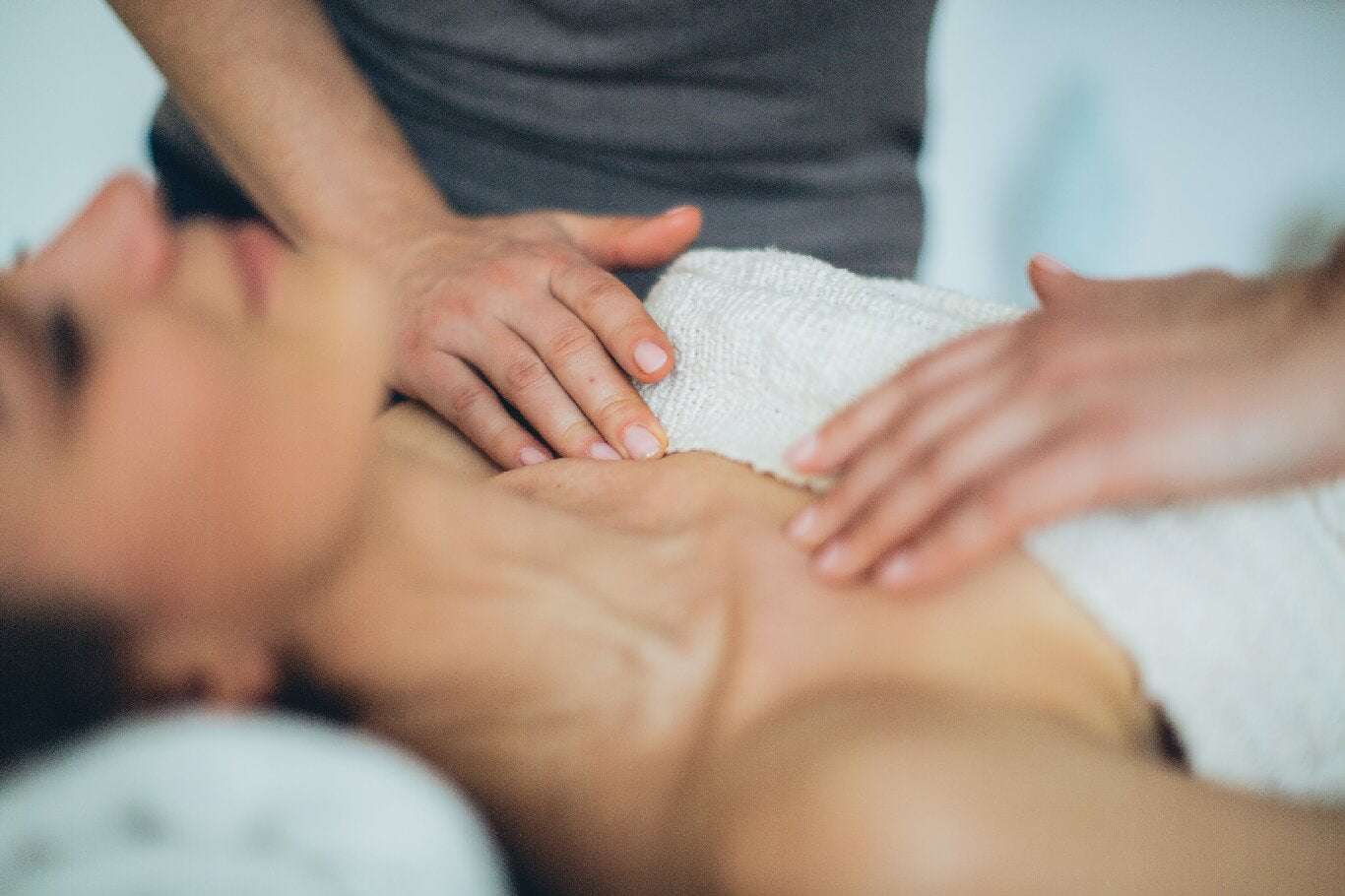Home
Pregnancy & Breastfeeding Tips for New Moms: Preconception, Pumping & Parenting Support
How to Ease Breast Pain While Pumping

How to Ease Breast Pain While Pumping
If you’ve decided to breastfeed your child, buying a good breast pump is a must. Even if you only use it occasionally, it will still prove to be invaluable at certain times.
Most moms who breastfeed become engorged at some point, and pumping the breasts can ease the pain and tightness enough to be comfortable again. It also helps if your baby sleeps through a feeding and your breasts didn’t get the memo. If you ever experience breast pain while pumping, you’ll need to know what to do about it, and this is what this article is here to help you with.

The Right Preparation Is Key
Not surprisingly, preparing to pump is just as important as pumping correctly, because germs and bacteria can get onto the pump itself and eventually to the milk, where it can cause infections such as thrush and others. The first thing you’ll want to do is wash your hands thoroughly and make sure that the pump itself is clean as well. Unless your baby is a newborn, there’s really no need to sterilize it, but it doesn’t hurt, either.
You should also periodically take the pump apart and clean every component inside of it in order to make sure that everything is as clean as possible. Clean hands and a clean pump should be used before each pumping session. If you don’t follow these rules, it’s easy for germs to get to the milk and affect both your and your baby’s health.
Using the Right Sized Breast Pump Matters
The part of the pump that fits over your breast is available in different sizes, and if the one you choose is too small or too large, it can cause pain. Called a breast shield or flange, if you use one that’s too large, the pumping action will be inefficient. If you use one that is too small, your nipple will rub against it and cause pain and tenderness, which means it will hurt as you pump. Most pumps now come with a small measuring device that can help you determine what size you need.
It’s a smart idea to utilize the measuring device that comes with the kit. This way, you’ll know for sure what size you need and can order that size if you need to before going any further. Many pumps come with just one size of breast shield, but it’s always possible for you to purchase another one through the company that makes them.
Try Not to Use Bulb-Style or Bicycle Horn Breast Pumps
Some companies make portable breast pumps that have shields that look like a bicycle horn. If you’re on the go, they can be very convenient, but it’s recommended that this type of breast pump only be used occasionally and only when it’s absolutely necessary. Why? Because the shields in these pumps tend to be made out of rubber, which isn’t very comfortable. In addition, they usually have limited suction control, which can cause damage to the breast tissue.
Using these types of breast pumps can easily cause sore nipples or even mastitis, which is a breast infection. If you insist on using a portable-type breast pump, try finding an electric pump or single-use manual breast pump, which has a regular shield that won’t irritate the nipples.
Always Use the Right Speed and Don’t Overdo it
If you have an electric breast pump, it likely can accommodate various speeds and/or various suction power, and many women choose higher speeds or stronger suction power because it allows for faster pumping. The thing is that if you do this every time, it can irritate the breast and nipples and make pumping uncomfortable and painful. A high suction rate and a fast speed can wreak havoc not just on your nipples, but on the entire breast.
On the same note, it’s also a good idea not to pump too frequently. Women who pump frequently throughout the day have a much higher rate of breast and nipple pain, whether they’re pumping or not.
Another disadvantage of this is the possibility of overstimulation, which can cause too much milk to be produced. If you’re saving and freezing the milk, this is not necessarily a bad thing, but it’s always best to let the baby decide when to nurse and only pump occasionally. If the baby “decides,” you should make the right amount of milk most of the time.
Take Extra Care When Pumping
Believe it or not, there is a right way and a wrong way to use a breast pump. Just like when you breastfeed, you need to make sure that the entire areola is inside of the breast shield. In fact, the nipple should fit right in the middle of the shield for the best placement. Otherwise, it can irritate the nipple and cause pumping to be painful from that point forward. It can even cause the nipples to bleed and bruise, causing even more pain in the end.
This is yet another reason to use a breast shield or flange that is the size you need. If the shield isn’t the right size, how you pump won’t matter. As you can see, it takes a combination of all of these things to make sure you don’t feel any pain when you pump your breasts. Even in the best situations, most nursing mothers have to pump at least occasionally, so following these tips is a great way to do this without experiencing any type of pain.
Share

